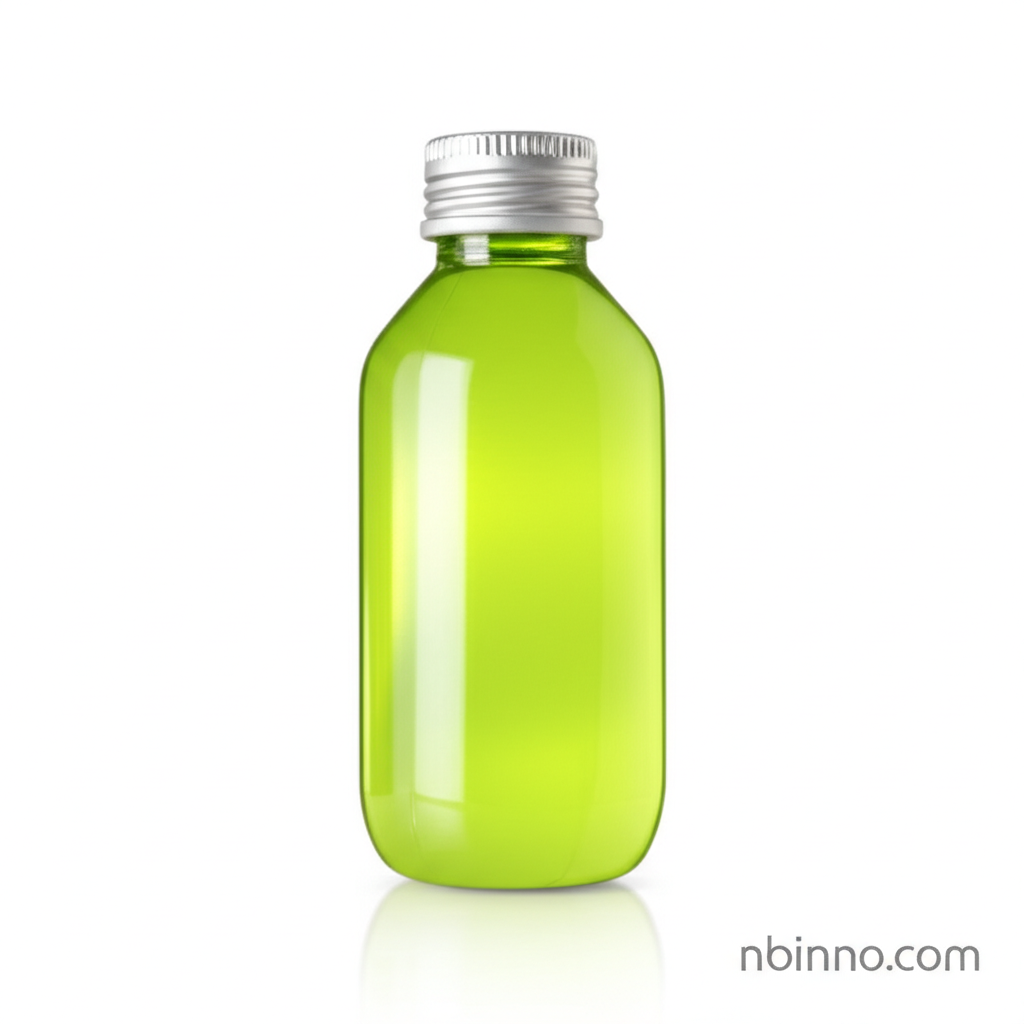Methyl Non-2-enoate: A Versatile Aroma Chemical for Fragrance and Flavor Applications
Discover the sweet, green, and fruity essence of Methyl Non-2-enoate, a key ingredient for captivating scents and tastes.
Get a Quote & SampleProduct Core Value

Methyl Non-2-enoate
Methyl Non-2-enoate, identified by CAS number 111-79-5, is a highly sought-after chemical compound widely utilized in the fragrance and flavor industries. Its distinct olfactory and gustatory characteristics, described as sweet, green, waxy, fruity, and melon-like, make it an indispensable component in a broad spectrum of consumer products.
- Explore the sensory profile of this key aroma chemical, known for its sweet green waxy fruity melon flavor, making it ideal for recreating natural fruit essences.
- Learn about the specific applications of Methyl Non-2-enoate as a versatile fragrance agent, particularly its ability to enhance floral notes like violet.
- Understand the chemical properties, including its molecular formula C10H18O2 and molecular weight of 170.25, crucial for formulators and manufacturers.
- Discover the reliable sourcing of CAS 111-79-5, a testament to its importance in the fragrance and flavor sectors, ensuring consistent quality and availability.
Advantages of Using Methyl Non-2-enoate
Enhance Floral Fragrances
Leverage the unique scent profile of Methyl Non-2-enoate to impart freshness and diffusion, particularly effective in violet and narcissus formulations, providing a high-quality aroma chemical for sophisticated perfumes.
Create Authentic Flavors
Utilize this key flavor compound to develop realistic fruit flavors, including strawberry and other berry notes, as well as characteristic melon profiles, enhancing the consumer experience.
Versatile Application Range
Benefit from the wide usage levels recommended for Methyl Non-2-enoate in both fragrance concentrates and food products, showcasing its adaptability as a versatile ingredient.
Key Applications
Fragrance Formulations
As a crucial fragrance agent, this aroma chemical is pivotal in creating complex scent profiles for perfumes, cosmetics, and home care products, offering a distinct green, floral character.
Flavor Creation
This compound serves as an essential flavor compound, contributing sweet, fruity, and melon notes to confectionery, beverages, and dairy products, making it a key ingredient for flavorists.
Perfumery Industry
Its particular usefulness in violet and narcissus formulations highlights its value in the perfumery industry for achieving fresh and diffusive floral notes.
Food Industry
Its GRAS (Generally Recognized As Safe) status and FEMA number 2725 underscore its importance as a safe and effective flavoring substance in a wide array of food products.
